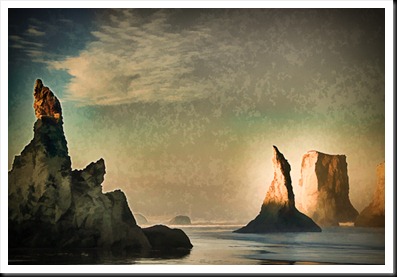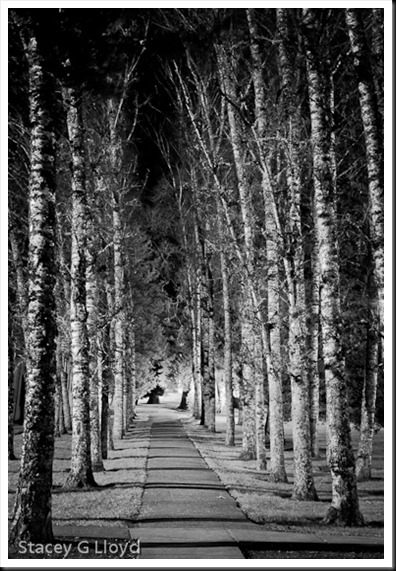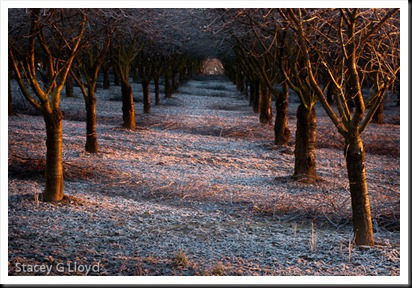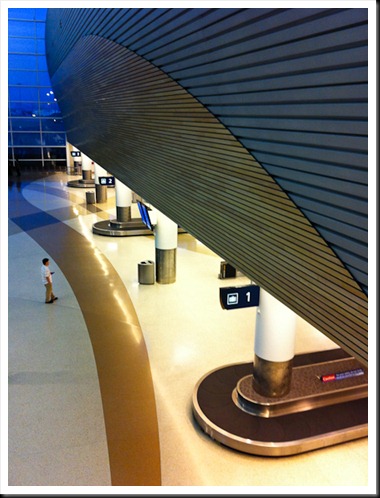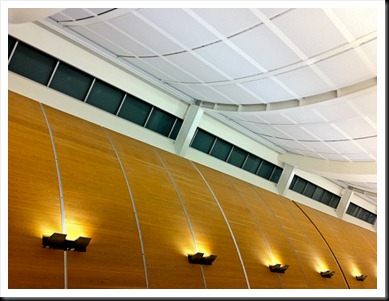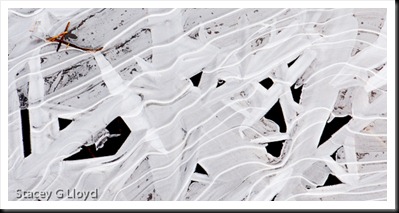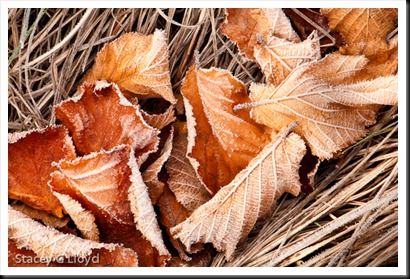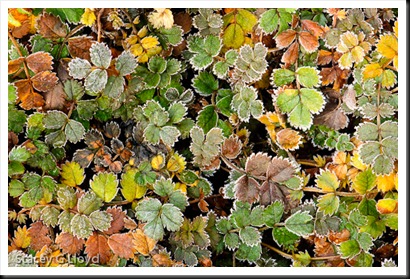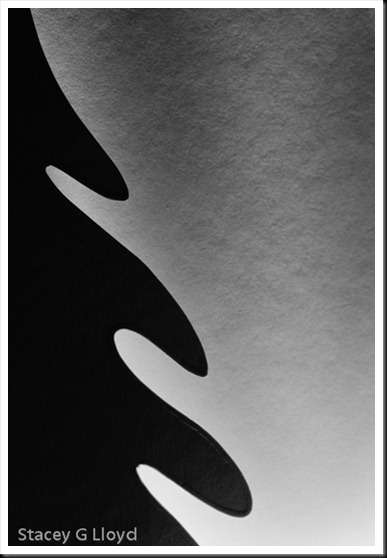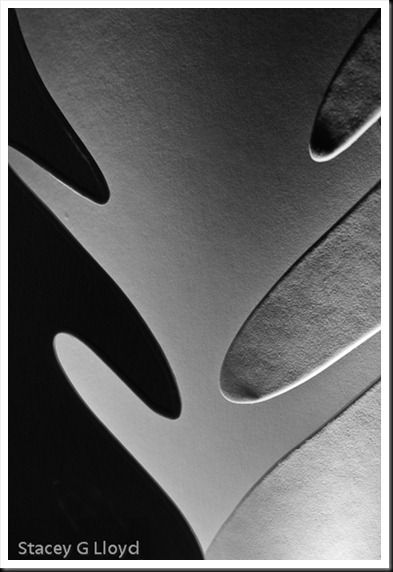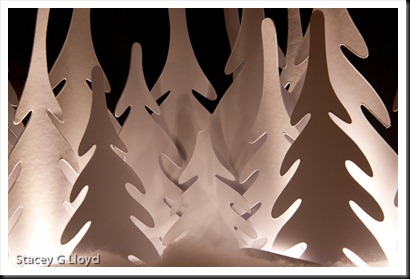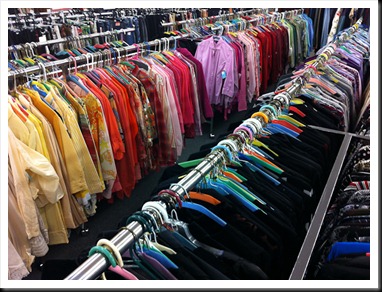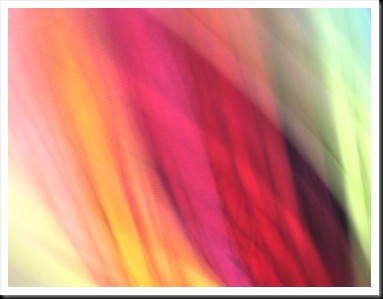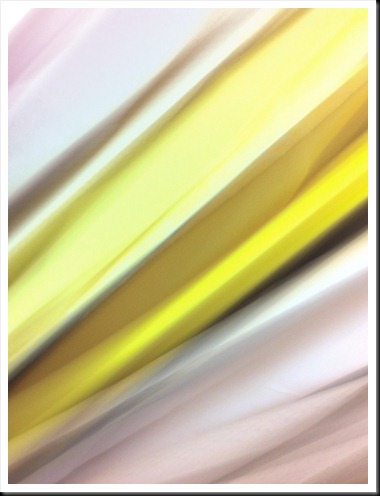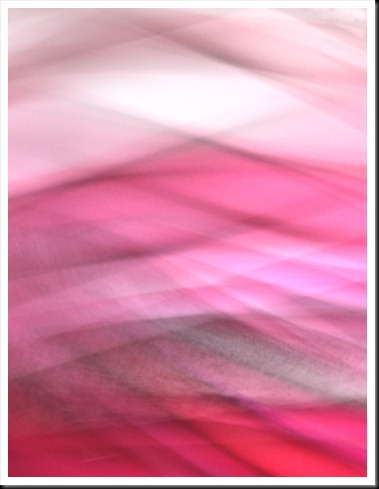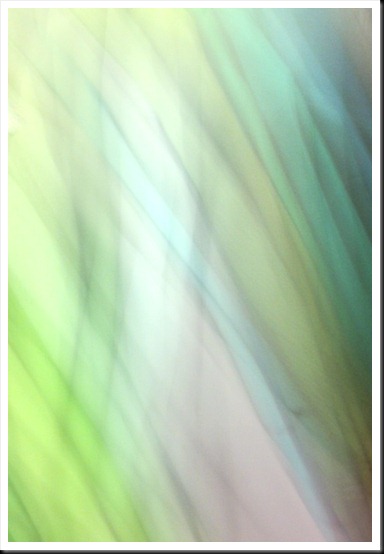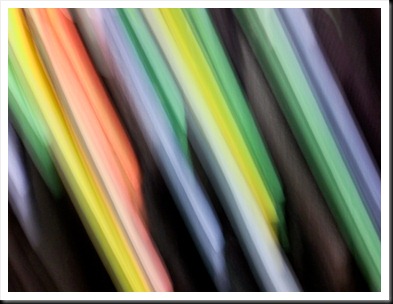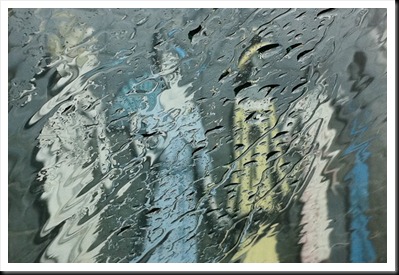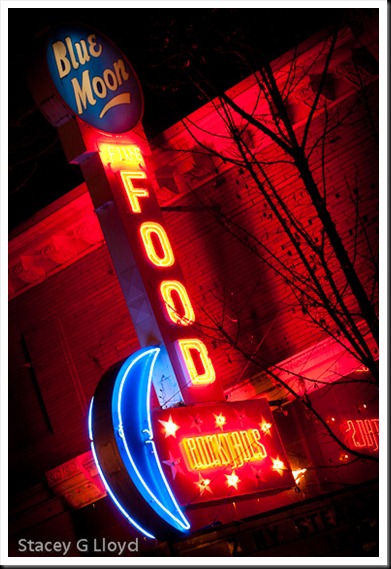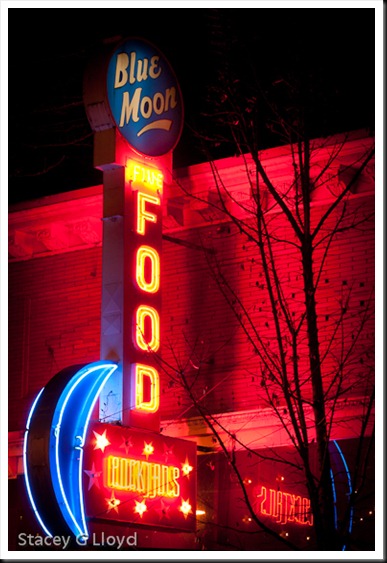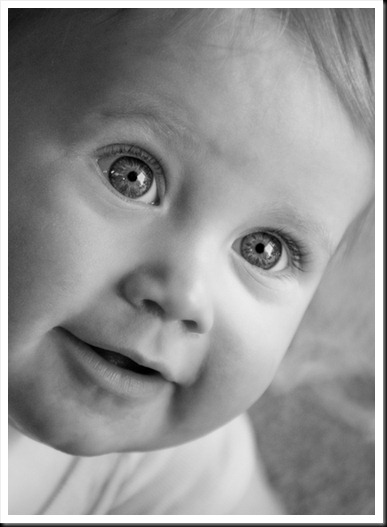It struck me the other day as I walked through the Portland Art Museum that painters use tone mapping when they create their images. Look at a master landscape painter’s work and you will see what I mean. You can have a painting with the sun shining right at you, yet detail and light in areas that would be very dark to black if shot as a normal picture. The painter sees the full High Dynamic Range of light (as you and I do) and maps the tones as he desires into tones that he can show on a canvas. In some respects, HDR photography has now given that power to photographers.
Blog Image: Just for fun I decided to take an HDR image and make it look like some of the work I saw in the museum. This was a 5 exposure image from Bandon, Oregon. I processed it in a rather extreme fashion in HDR Efx Pro from Nik. This resulted in the bright glow around the stacks to the right. The landscape painters did that in their paintings to create a high contrast area that draws the eye. There is also detail in the stack to the left that wouldn’t be there in a single exposure image but could be in a painting. I then used Topaz Simplify to set to the “oil painting” preset to add the texture. For the final touches, I desaturated the image a little, shifted the white balance (to a bit warmer) and added a vignette.

